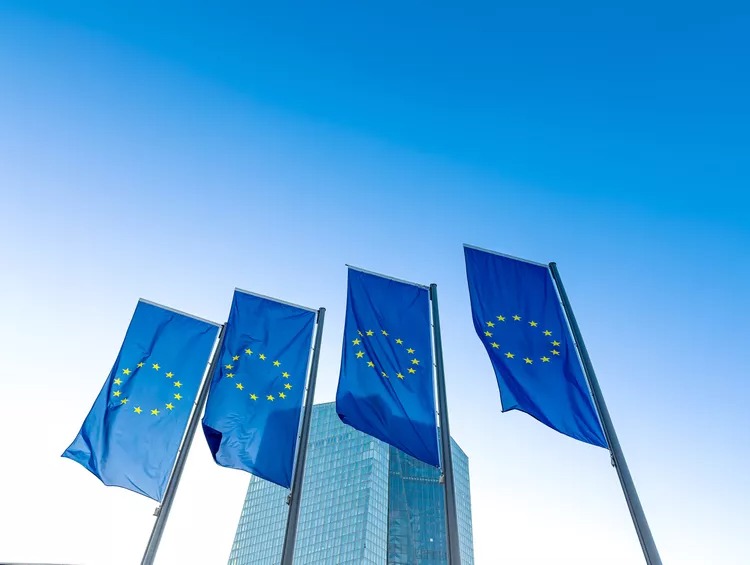Eurozone business activity contracts in Sept – PMI
The eurozone’s private sector experienced a decline in business activity during September, according to the latest provisional PMI survey data.
The decline in output was the first in seven months. It was driven by sustained reduction in new orders. New business fell at the sharpest pace since January. With new orders and volumes of outstanding business dropping at sharper rates and business confidence at a ten-month low, companies scaled back their workforce numbers for the second consecutive month. Additionally, demand weakness triggered slower inflation of both input costs and output prices.
The decline in overall business activity was due to a deepening downturn in the eurozone manufacturing sector, where production fell for the 18th month running and at the fastest pace in the year-to-date. The services business activity continued its expansion; however, it was only marginal and the weakest since February.
While Olympics sent a boost to business activity in August, the output in the French private sector returned to contraction in September, joining Germany where the pace of fall in activity was the most pronounced since February.
The rest of the euro area witnessed output rise again at the end of the third quarter. However, the pace of expansion was only modest and the softest since January.
HCOB Flash Eurozone Composite PMI Output Index below 50
The seasonally adjusted HCOB Flash Eurozone Composite PMI Output Index, based on approximately 85 per cent of usual survey responses and compiled by S&P Global, fell below the 50 mark that separates growth from contraction for the first time in seven months during September. It fell to 48.9 from a reading of 51.0 in August.
Latest data shows a modest reduction in eurozone business activity during the month.
The downturn in eurozone manufacturing output extended to an 18th consecutive month. Production fell at a marked pace that was the sharpest in 2024 so far. Reductions in manufacturing output were notably shown in Germany and France, but the rest of the eurozone also posted a fall.
Nonetheless, the eurozone service sector managed to eke out some growth in activity at the end of the third quarter. However, this latest expansion was only marginal and the slowest since February. A renewed fall in France contrasted with continued services growth in Germany and the rest of the euro area.
Outlook
Business confidence continue to wane, falling to the lowest since November last year, with manufacturers particularly pessimistic.
Employment
As new orders and backlogs of work continued to decline, eurozone companies further reduced their workforce in September. This marks the second consecutive month of job cuts, with the steepest decline since December 2020. Manufacturing jobs were particularly impacted, while services employment growth slowed significantly.
Additional factors contributing to job cuts:
Weaker demand: The ongoing decline in new orders and backlogs of work signaled a weakening outlook for businesses.
Diminished confidence: Companies’ confidence in the future also contributed to their decision to reduce staff.
Inventory and supply chain adjustments
Eurozone manufacturers also responded to the weakening demand by reducing their purchasing activity and inventory levels of both inputs and finished products. Supplier delivery times continued to shorten, but at a slower pace than in previous months.
Prices
Inflationary pressures in the eurozone eased in September due to weaker demand. Input costs for manufacturers declined for the first time in four months, while service providers experienced their lowest cost increases in over three years.
As a result, output prices rose at a slower pace than in previous months. Manufacturing selling prices even decreased in some regions, particularly France. Germany and the rest of the eurozone also saw slower increases in output prices.
“The eurozone is heading towards stagnation. After the Olympic effect had temporarily boosted France, the eurozone heavyweight economy, the Composite PMI fell in September to the largest extent in 15 months.” Cyrus de la Rubia, Chief Economist at Hamburg Commercial Bank, said.
“The index has now dipped below the expansionary threshold. Considering the rapid decline in new orders and the order backlog, it doesn’t take much imagination to foresee a further weakening of the economy.”
Attribution: HCOB Flash Eurozone PMI®



